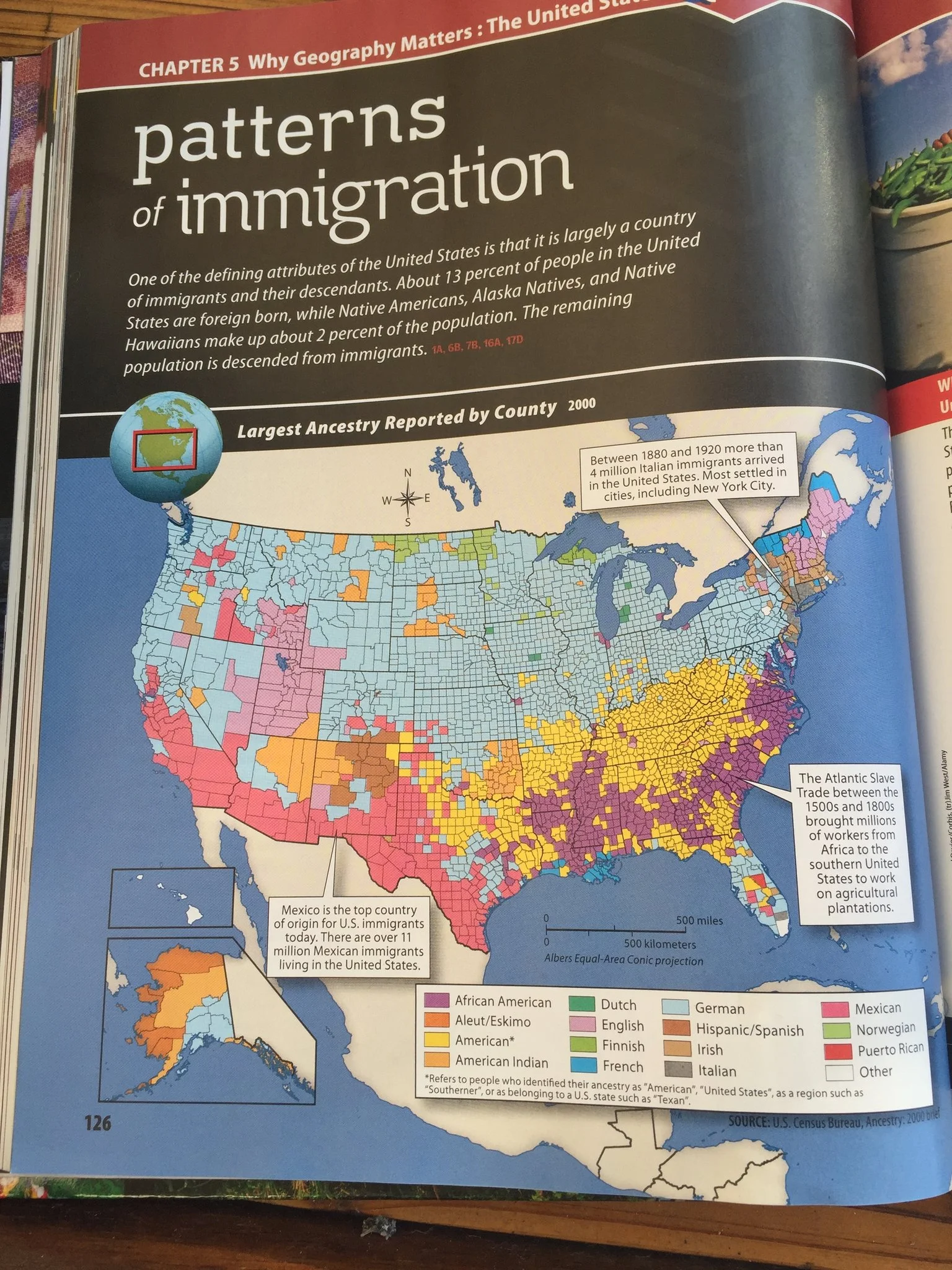Michigan Introduces Bill To Mandate Teaching Slavery As It Existed In American History
/In the aftermath of the white supremacist rally in Charlottesville, Va, Democrats in Michigan's House of Representatives are pushing for legislation requiring that African-American history is a mandatory part of the curriculum in all public schools.
This new legislation sponsored by Democratic Rep. Sherry Gay-Dagnogo, explains The Root, the lead sponsor, is critical due to growing attempts by Republican-led school boards to rewrite the history of slavery in America.
“We all have to do a better job of getting to know each other and understand each other,” Democratic Rep. Sherry Gay-Dagnogo says. “But it starts in our schools in educating children properly so they’re able to push back when they hear lies pushed forward about different races of people.”
The Texas Board of Education, in particular, has led the way in rewriting the history of slavery in America, changing the verbiage around the presence of Africans on plantations to 'workers' rather than slaves. More than one school board has tried to position the history of slavery as one akin to the temporary migrant workers who harvest food crops in America.
AOC has written about this Texas Board of Education problem for years, although it's less relevant now in the time of on-demand printing. Previously, Texas school books dominated all text books, with an inability to customize text books for each state, due to economies of scale in book publishing. Now the blue state schools do not use the Texas text books, choosing to present a more honest vision of history.
In the ongoing fight over the determination of social conservatives to rewrite America's history of separation between church and state, Texas put into the textbooks the assertion that Moses actually influenced the writing of the US Constitution.
We're dealing today with Trump voters who actually believe that Trump is operating as a soldier for God.
From Slaves to 'Workers'
In October of 2015, a 15-year-old student in Houston Coby Burren sent an image of a page in a McGraw-Hill Education geography textbook to his mom because it refers to Africans brought to American plantations as 'workers', rather than slaves.
“It talked about the U.S.A. being a country of immigration, but mentioning the slave trade in terms of immigration was just off,” said Ms. Dean-Burren, who is black. “It’s that nuance of language. This is what erasure looks like," wrote the New York Times.
“It’s no accident that this happened in Texas,” Kathy Miller, president of the Texas Freedom Network, a group that has criticized the content of state-approved textbooks, responded in October 2015. “We have a textbook adoption process that’s so politicized and so flawed that it’s become almost a punch line for comedians.”










